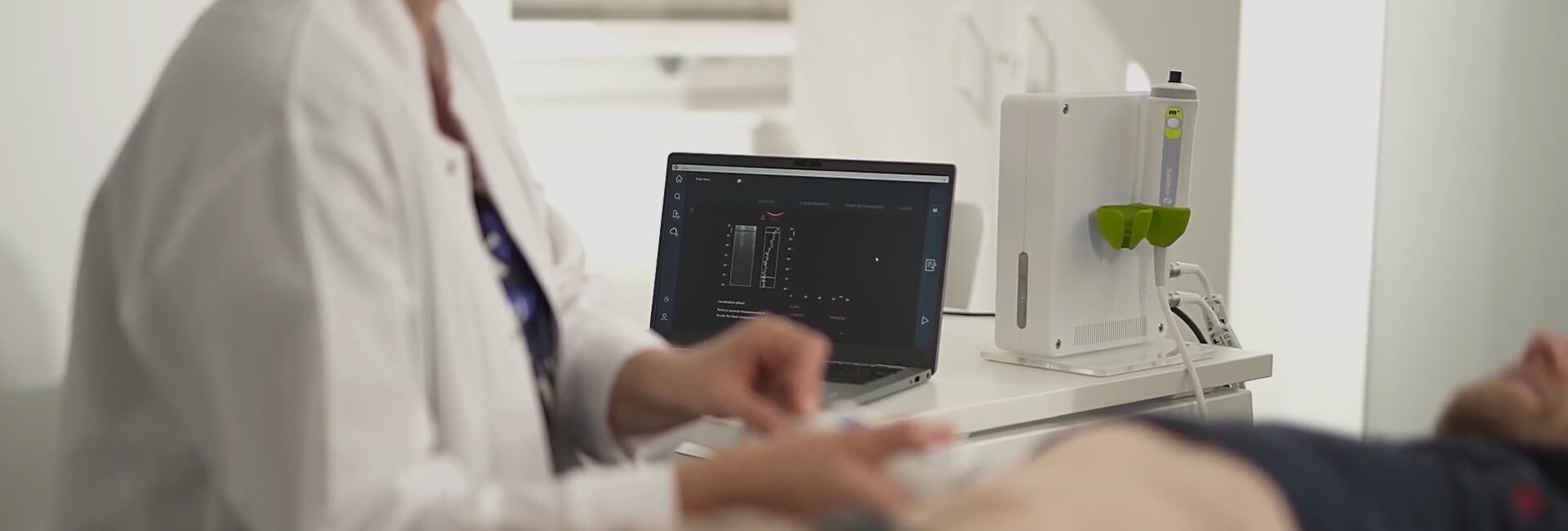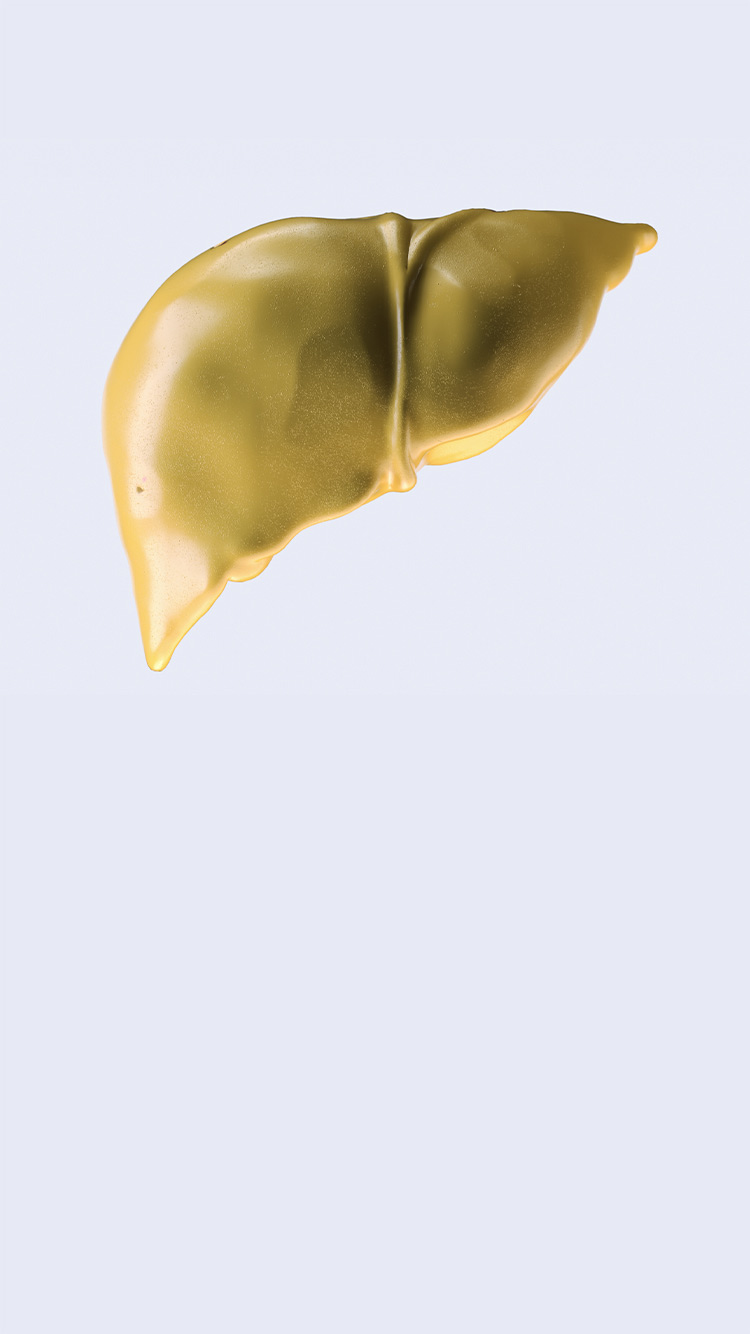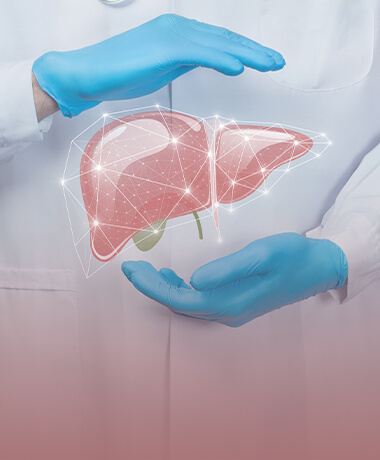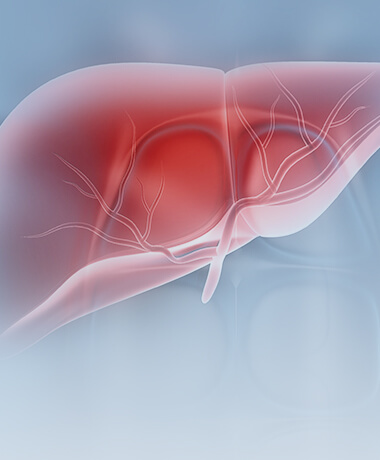A large number of Chinese patients are living with chronic liver disease
More than450 million peoplesuffer from liver disease
In China, the primary causes of liver disease include viral hepatitis, alcoholic liver disease (ALD), and metabolic dysfunction-associated fatty liver disease (MAFLD). MAFLD is a form of metabolic stress-induced liver injury that is closely linked to insulin resistance and genetic predisposition. It is often accompanied by metabolic disorders and affects multiple organ systems.Approximately 12% to 40% of MAFLD cases may progress to metabolic dysfunction-associated steatohepatitis (MASH). Without timely intervention, MAFLD can advance to liver cirrhosis or even liver cancer.Additionally, the associated metabolic dysfunction mayaccelerate the progression of chronic diseases such as cardiovascular disease, diabetes, and chronic kidney disease.

Furuiis the top medical brand specialized in fatty liver
FibroScan® will become an indispensable tool for global fatty liver prevention and treatment

Controlled Attenuation Parameter (CAP) Technology
By leveraging the fact that ultrasound waves attenuate at different rates when passing through liver tissue with varying fat content, the system measures the attenuation rate of the ultrasound signal. Using a patented algorithm, it then calculates the liver’s fat content.

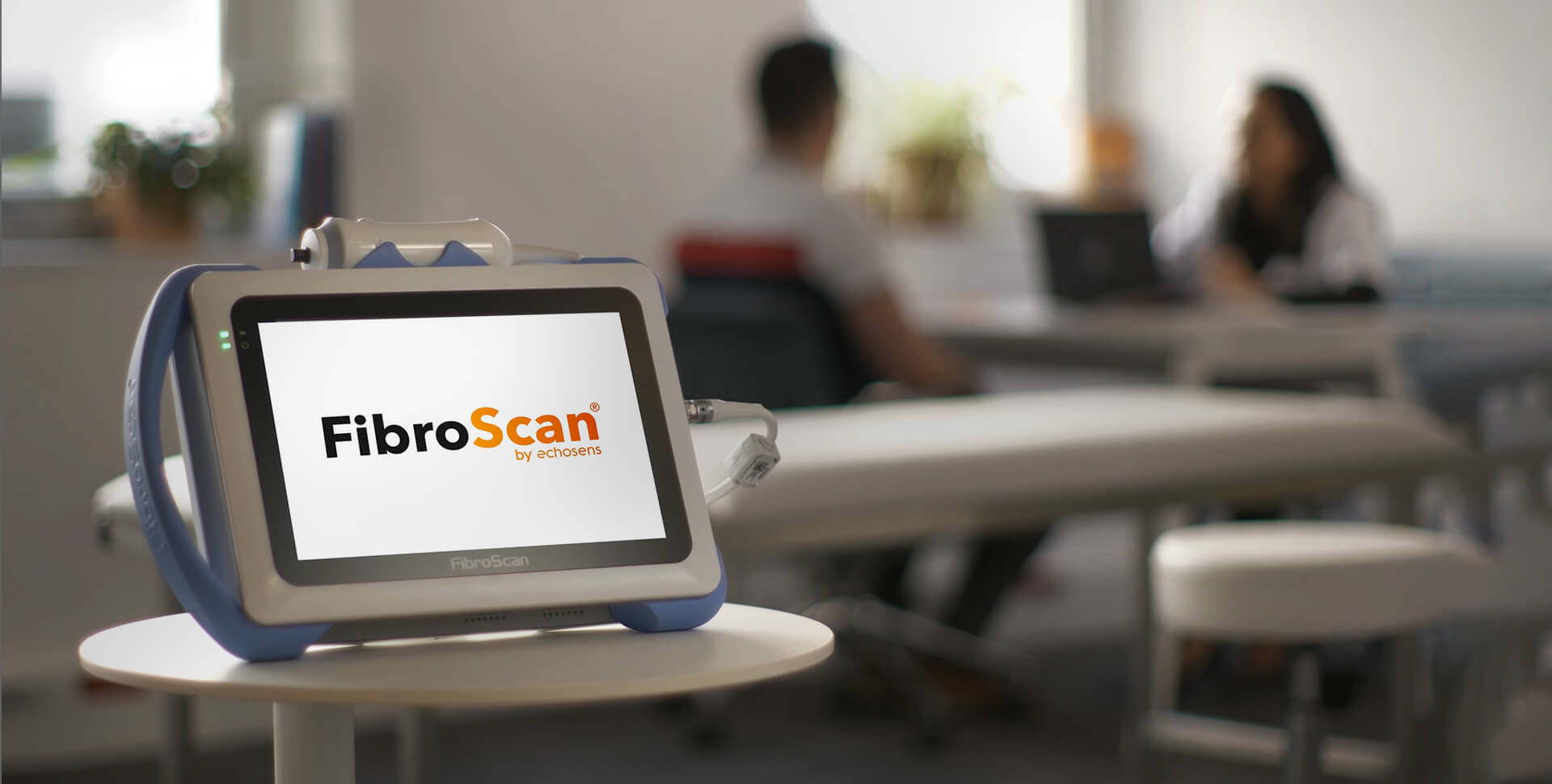
FibroScan delivers excellent clinical performance
① CAP™technology can differentiate between varying degrees of liver steatosis with an accuracy exceeding90%compared to liver biopsy results. It is widely recognized by liver disease experts both in China and internationally as a valuable tool for clinical research and auxiliary diagnosis.
② CAP™ technology can effectively detect liver steatosis of ≥5%or more, facilitating early screening and timely lifestyle intervention.
Conventional B-mode ultrasound has low diagnostic sensitivity, often failing to detect steatosis below 30%. International guidelines recommend FibroScan for identifying liver steatosis.
American Association for the Study of Liver Diseases
According to the 2023 AASLD Clinical Practice Guidelines on the Clinical Assessment and Management of MAFLD
Conventional B-mode ultrasound is not recommended for detecting liver steatosis due to its low sensitivity. Instead, CAP (Controlled Attenuation Parameter) is recommended as a real-time, non-invasive technique for identifying liver steatosis.
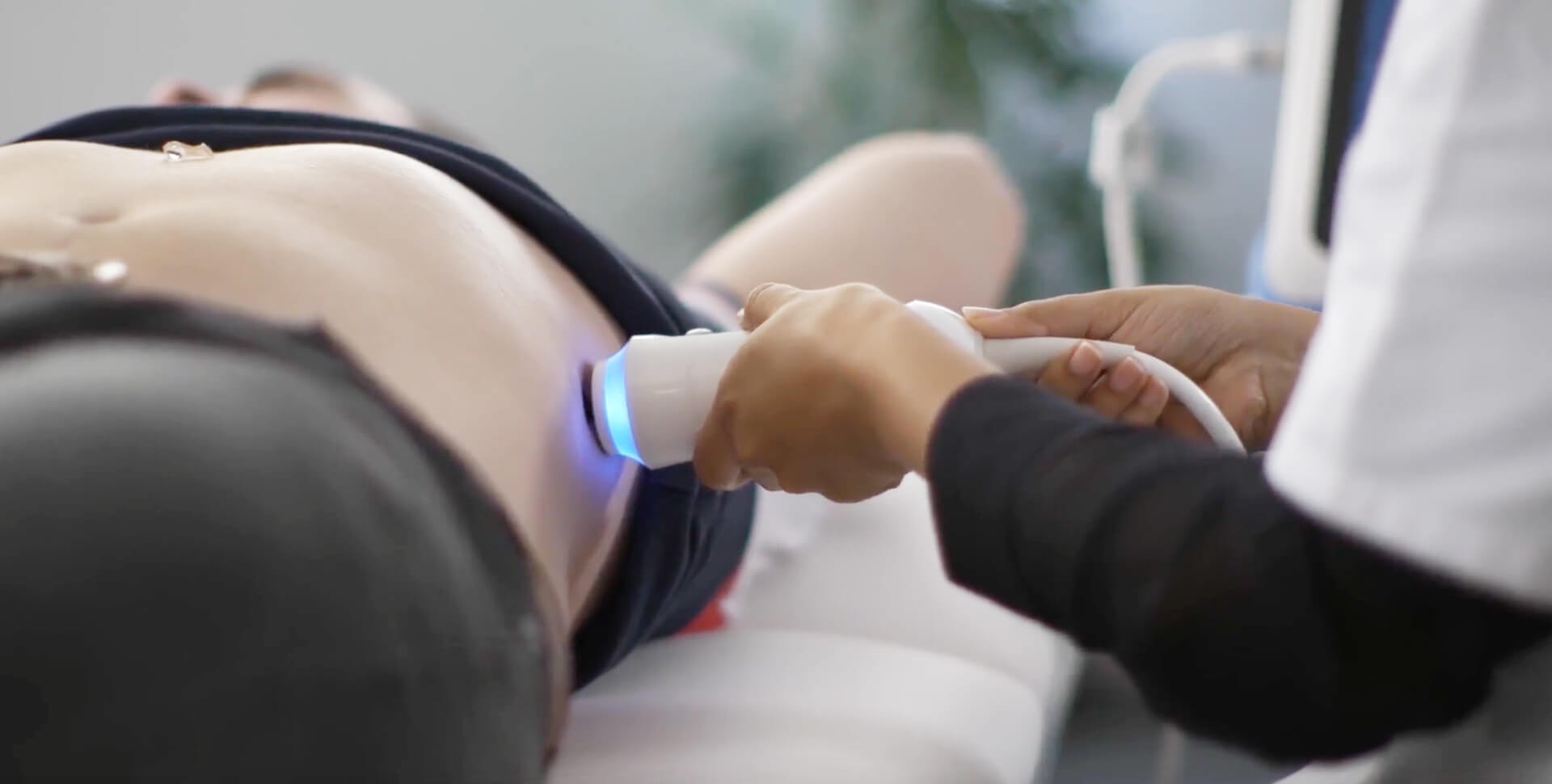
Assessment Criteria of Fatty Liver
Exercise and diet regimen


